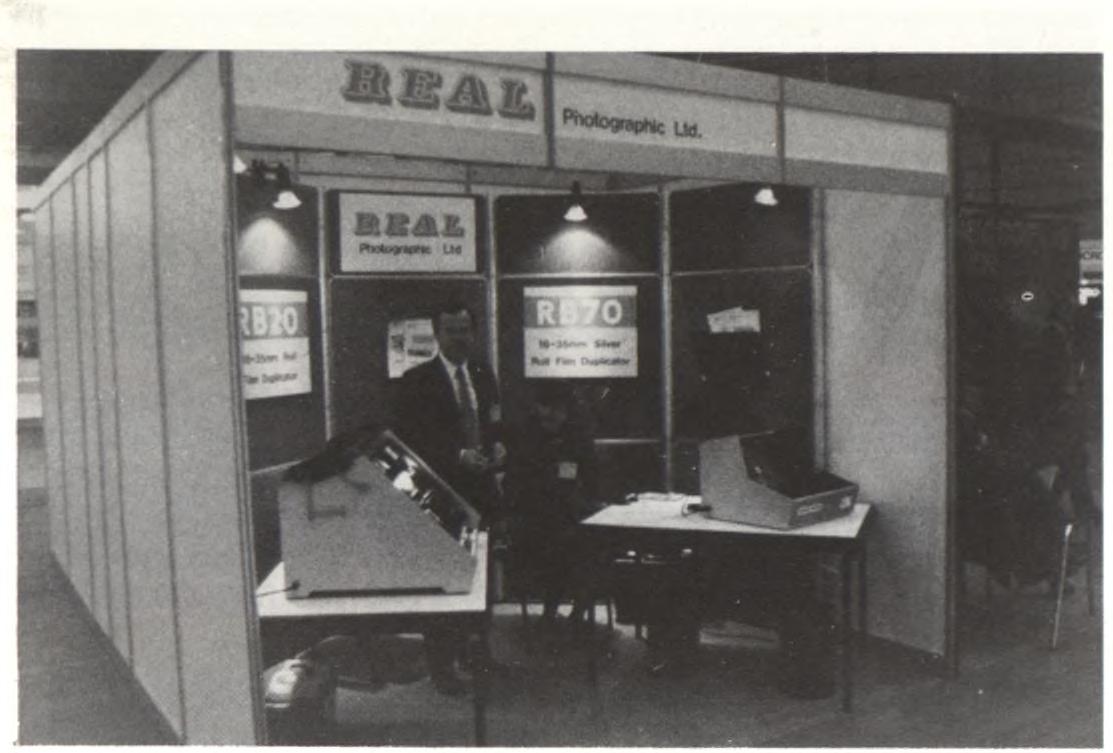Is biggest the best ? There have been lots of rumours in the Market Place concerning the Multinationals and Public Limited Companies in the Industry either entering or extending their conventional microfilm capacity in Britain. Examples of this are not hard to come by:A. Bell & Howell’s Micromedia Division have recently opened a new branch near Stoke-on-Trent to complement their Bicester operation. Rumours are rife in the Industry about other branches in the not too distant future. B. Kodak re-opened their conventional bureau in Fulham t last year. V. Microfilm Reprographics have recently taken over at least one conventional bureau to add to their facilities at Bastwick Street in London and London Microfilm Bureau. D. Several years ago Halma Pic. took over MAB Services of Smethwick, more recently Scottish Data Services in Edinburgh was acquired by a bigger group as also have the BAS twin bureaux in Cheshire and Tyne & Wear when their Parent Company was taken over. E. There are also very strong rumours that another large Public Limited Company in the Industry is about to enter the bureau market by a take over situation. The main question in the minds of the Independent Bureaux in the Industry must be — is this good news or is this bad news? Like many such questions the answer can be at either end of the spectrum, ie. if it creates a lot of competition for you it is bad news or, if you are the one that is going to be taken over, it may be very good news, ilowever, there is another line of thought; it may mean it is 0>od news for everybody. When 3M’s went against the trend and closed down their conventional bureau facilities at Chertsey they passed most of their business out to accredited bureaux throughout the country, with whom 3M already had a good working relationship. Several bureaux who went through this happy experience have mentioned two factors which they found remarkable. Firstly they were amazed that 3M had customers right on their back doorstep that they were totally unaware of. Secondly and perhaps most importantly the price that 3M were asking and getting for their service filming work was in some cases 50% above the local going rate. The main cry in the Industry for years has been that the prices for service filming are far too low. Bureaux have always claimed that their inability to get the correct economic price for their work is down to the high level of intense competition that, at present, occurs within the Market Place. Why then are the Multinationals and Public Limited Companies moving into the conventional bureau business if there is no money in it? The only sensible answer to this question is that they know See Pages 14 and 15 for Infomatics '87 Review The Micrographics Market Place
that there is a high rate of return in conventional microfilming if it is marketed and sold at a sensible pricing level. It could, therefore, turn out to be the case that the aforementioned newcomers in the conventional bureau industry are going to precipitate an overall increase in the price that bureaux can charge for filming. If this turns out to be true it is going to be one of the most important and long lasting changes that the trade has ever seen. Perhaps, coupled with this change, is the fact that many of the larger paper users who have microfilm bureaux to complete their filming have got a large percentage of their back-log completed and have a stable working relationship with their local bureau, which no amount of competition is going to shake. This must mean that conventional microfilm bureaux are expending sales and marketing effort on attracting customers in the very small and medium end of the market, a microfilm service customer who has between 20,000 and 100,000 documents a year can be much more easily persuaded to pay a realistic price for the work that is done. Not only that, the overall cost to the firm per year means that they are less likely to go into a Dutch auction by short listing three or four bureaux to get the last half penny off their service filming prices. The Micrographics Market Place would like to think that these two factors working together could usher in a period of stability and profitability that the conventional Industry has never encountered before.





